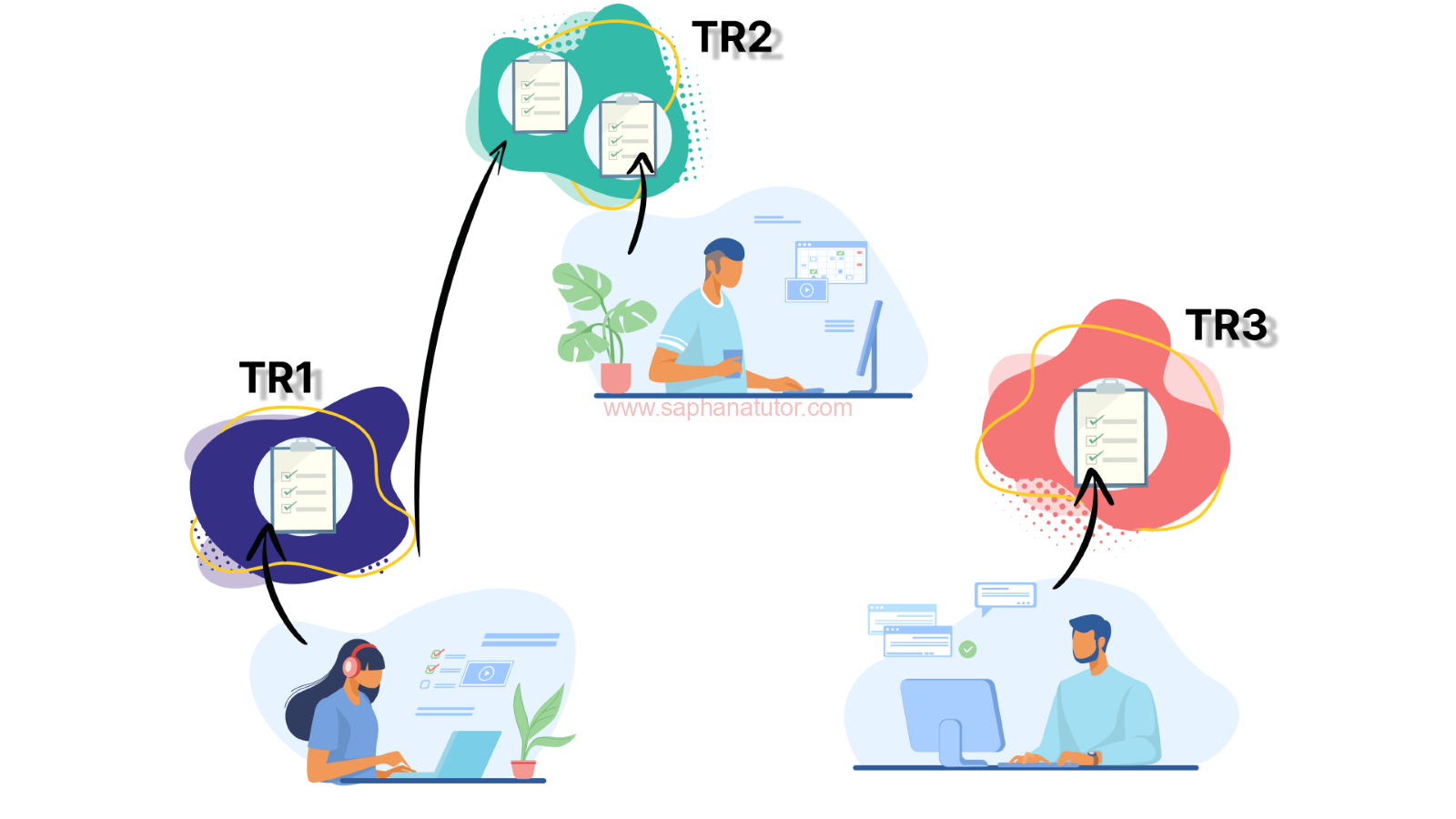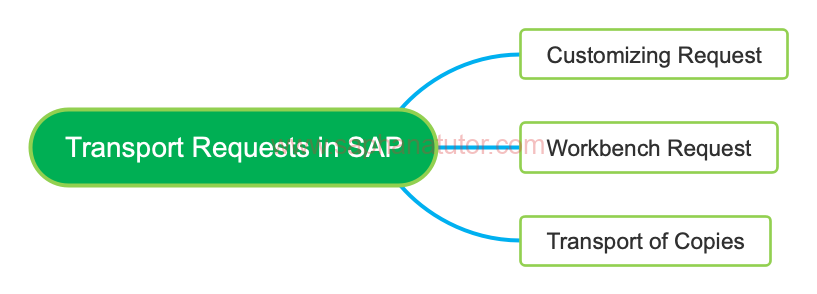Transport Requests in SAP for moving configurations and developments between systems. Streamline project changes and ensure smooth data transport across environments
What is a Transport Request in SAP?
A Transport Request in SAP, also referred to as a Change Request, is essentially a bundle that contains all the changes made within the development system. It logs details such as the kind of changes made, the reasons for making these changes, the category of the request, and which system the changes will be moved to.
Think of a Transport Requests in SAP as a folder that holds various tasks — much like files. To move or “release” this bundle of tasks, every individual task must be finished, released, or deleted. Understanding the types of transport requests in SAP and their specific roles is crucial for effective SAP system management. We’ll explore the different types of transport requests, focusing on Customizing requests, Workbench requests, and Transport of copies, along with detailed examples for each.

Types of Transport Requests in SAP
- Customizing Requests: These capture configuration changes made in the SAP system. They are typically generated when changes are made to the system settings to meet specific business requirements.
- Workbench Requests: These are used for changes to repository objects such as programs, system applications, and other development objects. They are common in scenarios where new functionalities are developed or existing ones are modified.
- Transport of Copies: A special type of request that creates a copy of either a customizing or workbench request. It’s primarily used for testing purposes or in scenarios where the original request cannot be directly imported into a target system.

Customizing Requests Scenario: Implementing a new organizational structure in SAP SD.
Instructions:
- Access Customization: Navigate to SAP Customization (transaction SPRO). Go to Enterprise Structure → Definition → Logistics – General → Define, copy, delete, check plant.
- Make Changes: Define a new plant as per your organizational needs.
- Save Changes: When prompted, save these changes in a customizing request. This request will now contain all the configuration details of the new plant.
- Transport: This request can later be transported to other systems like Quality or Production.
Workbench Requests Scenario: Creating a new custom report in SAP MM.
Instructions:
- Development: Use the ABAP Workbench (transaction SE80) to develop the new report.
- Save in Workbench Request: When saving your work, assign it to a workbench request. This request encapsulates all the development changes.
- Test and Transport: After testing in the development environment, transport this request to the Quality and then Production systems.
Transport of Copies Scenario: Testing a new pricing procedure in a Quality system before final implementation in Production.
Instructions:
- Identify Original Request: Locate the transport request containing the new pricing procedure.
- Create Transport of Copies: Use transaction SE09 or SE10 to create a ‘Transport of Copies’ of this request.
- Testing: Import this copy into the Quality system for testing. This allows for a thorough evaluation without impacting the original request.
Data Source Collection in Transport of Copies
In a “Transport of copies,” the behavior of data source collection depends on the contents of the original request and the configuration of the target system. Generally, the transport of copies carries all the data and dependencies from the original request, ensuring that the target system receives a complete set of changes. However, since it’s a copy, it offers more flexibility and safety, particularly useful in environments where changes need rigorous testing before final implementation.
Conclusion
Understanding the differences between Customizing requests, Workbench requests, and Transport of copies is crucial for SAP professionals. Each type of request serves a specific purpose, from implementing business process customizations to developing new functionalities and safely testing changes. Mastery of these concepts is key to maintaining the integrity and efficiency of the SAP system across various modules and business scenarios.
